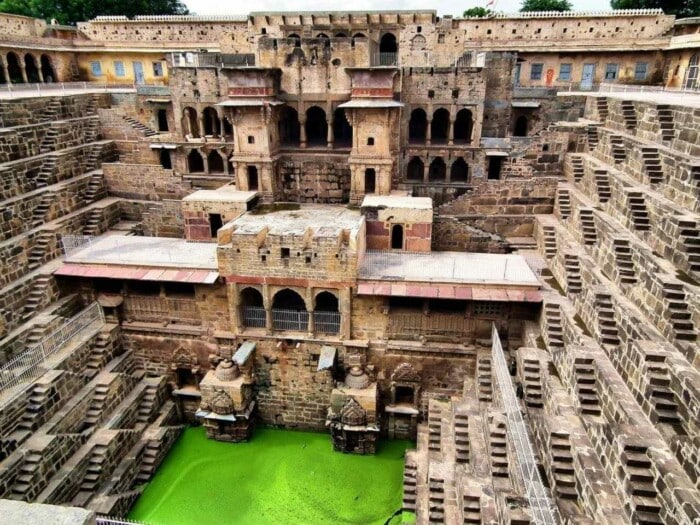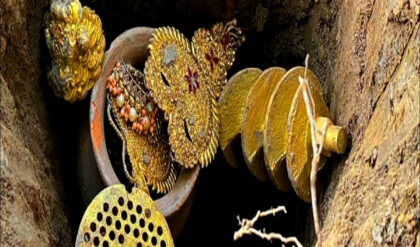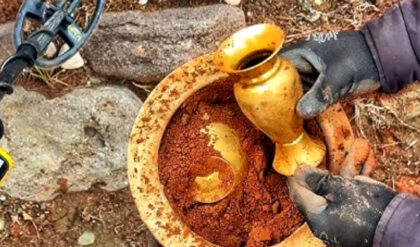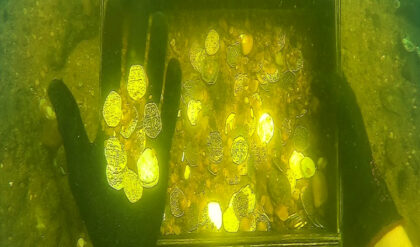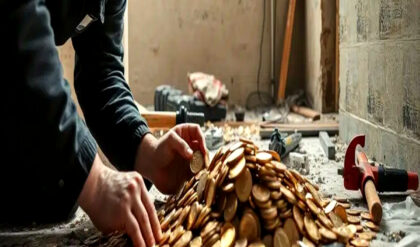
A Hidden Treasure in the Desert
Imagine a place where you can descend into the depths of the earth, surrounded by thousands of steps that lead you to a pool of water. A place where you can witness the marvels of ancient engineering and architecture, as well as the secrets of a lost civilization. A place where you can experience the contrast between the scorching heat of the desert and the coolness of the underground.
Such a place exists in India, in the state of Rajasthan. It is called Chand Baori, and it is one of the largest and deepest stepwells in the world.

A Stepwell Unlike Any Other
A stepwell is a well or pond that is accessed by a series of steps descending from the ground level. They are unique to India, and are found mainly in the arid regions where water is scarce. Stepwells serve not only as sources of water, but also as places of social, religious, and cultural activities.
Chand Baori is located in the village of Abhaneri, about 95 km from Jaipur, the capital city of Rajasthan. It was built over a thousand years ago, and consists of 3500 narrow steps over 13 stories and extends 30 m into the ground. The steps are arranged in an inverted V-shape on three sides of the square well, creating a stunning geometric pattern. The fourth side has a pavilion with niches, balconies, and windows, that was added by the Mughals in the 18th century.
Chand Baori is not only impressive in size and design, but also in history and legend. It is said to be named after a local ruler of Nikumbh dynasty called Raja Chanda, who commissioned its construction in the 9th century. However, there is no concrete evidence to support this claim. Some scholars suggest that Chand Baori was built before the nearby Harshat Mata Temple, which dates from the 7th-8th century and is dedicated to the goddess of joy and happiness.
According to Morna Livingston in Steps to Water: The Ancient Stepwells of India, Chand Baori is one of the few stepwells that has “two classical periods of water building in a single setting”. The oldest parts of the step-well date from the 8th century onwards. An upper palace building was added to the site, which is viewed from the tabulated arches used by the Chauhan rulers. Adjoining the baori is the architecturally splendid and sculpturally beautiful Harshat Mata Temple, which was built between the 7th-8th century, but was destroyed and damaged by Mahmud Ghazni. Many of its pillars, columns, statues now lie scattered. The Mughals also destroyed the Baori interior sculptures. Today, there are remains of old sculptures and carvings, which were suggested to be in the temple or in the various rooms.
The nearby temple of Harshat Mata, goddess of joy, was a pilgrimage site and formed a complex together alongside the well. Many of these stepwells, including Chand Baori, served multiple purposes alongside drawing water and playing a significant role in religious or ceremonial activities. Pilgrims are said to have found comfort in quenching their thirst and finding a resting spot at the steps of Chand Baori after their long travels. This unique form of underground well-architecture remains constant from the 7th century in the existing monument. Excavated stones of the temple are now kept by the Archaeological Survey of India in the arcades of the well. Chand Baori is a significant architectural site in western India.
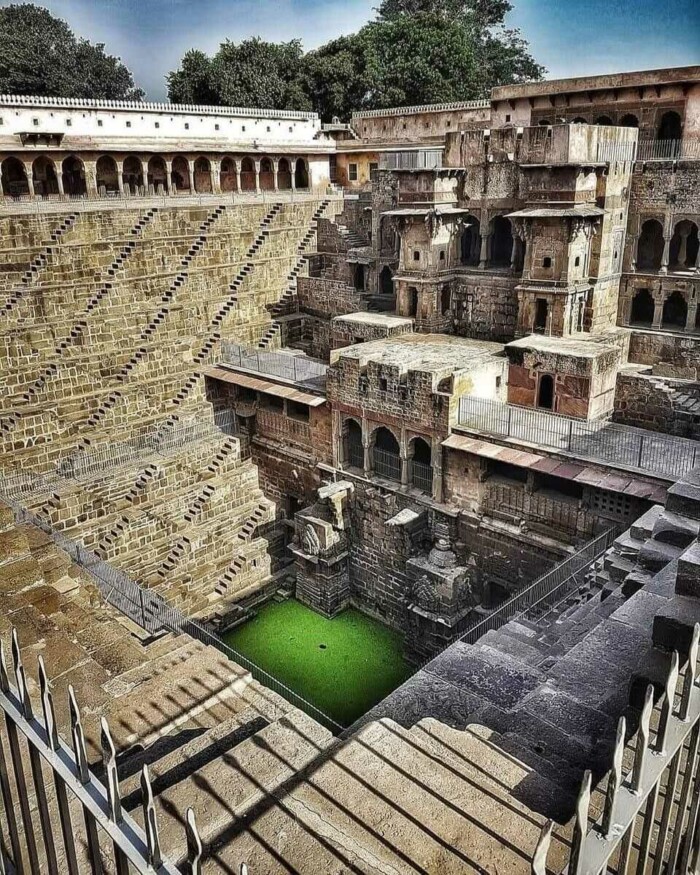
A Place of Mystery and Wonder
Chand Baori is more than just a functional structure for water storage and irrigation. It is also a place of mystery and wonder, where one can explore the secrets of the past and the mysteries of the present.
The water in the well was considered sacred and was used for rituals and offerings. The steps also served as stages for performances and entertainment. The pavilion housed a royal residence and a temple. The stepwell was a place where people gathered to socialize, worship, and celebrate festivals.
Today, Chand Baori is a protected national monument and a popular tourist attraction. It has also been featured in several films, such as The Dark Knight Rises (2012), The Fall (2006), and Bhool Bhulaiyaa (2007). Chand Baori is a testament to the engineering skills and artistic vision of the ancient Indians, who created a masterpiece of water architecture that still fascinates and inspires visitors from all over the world.


